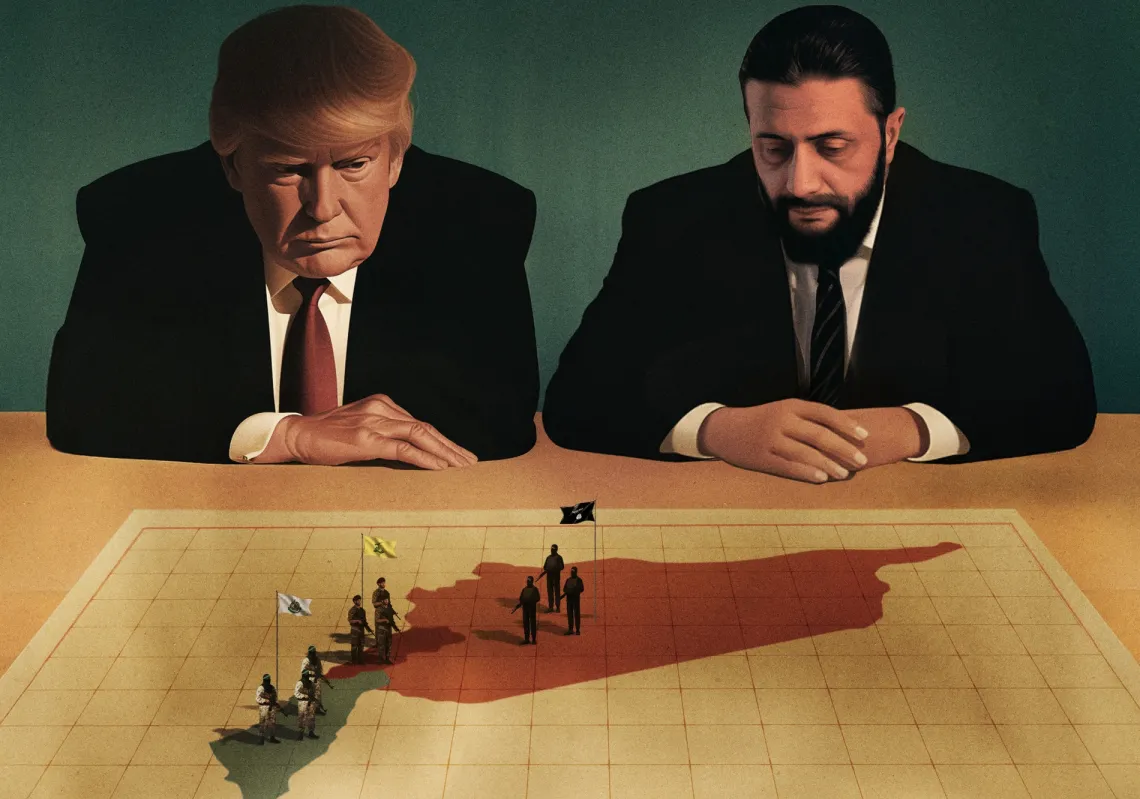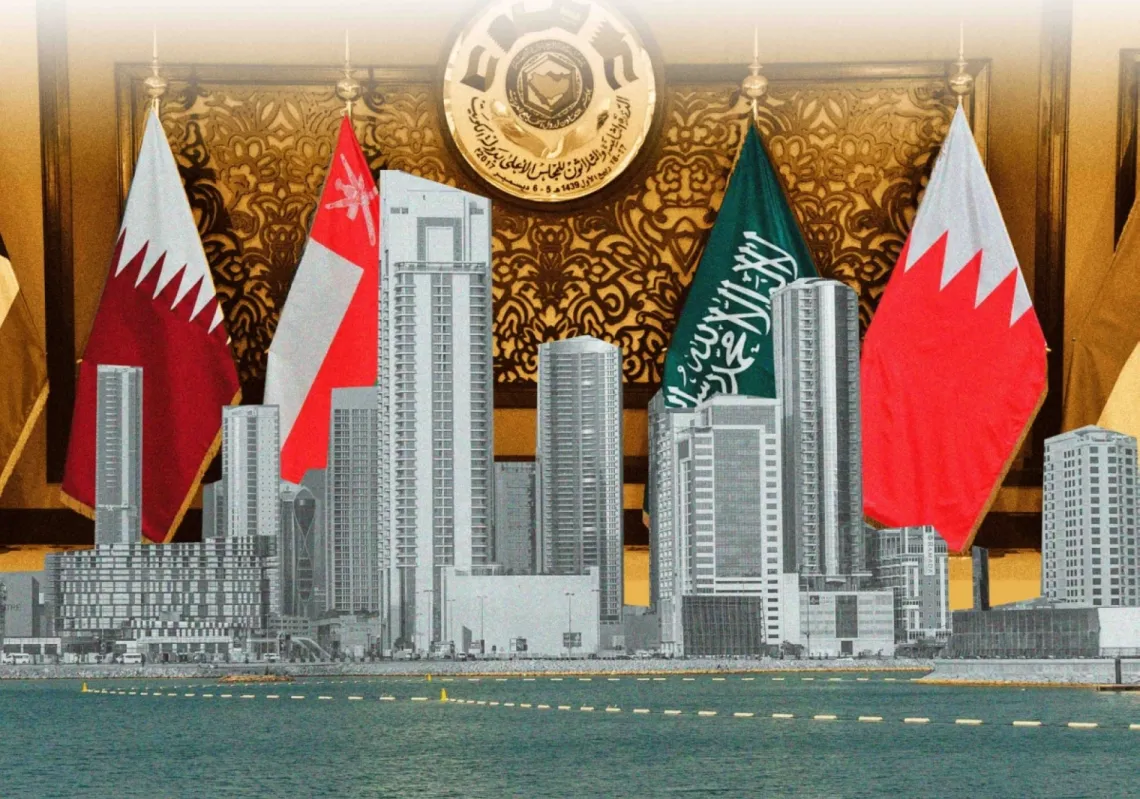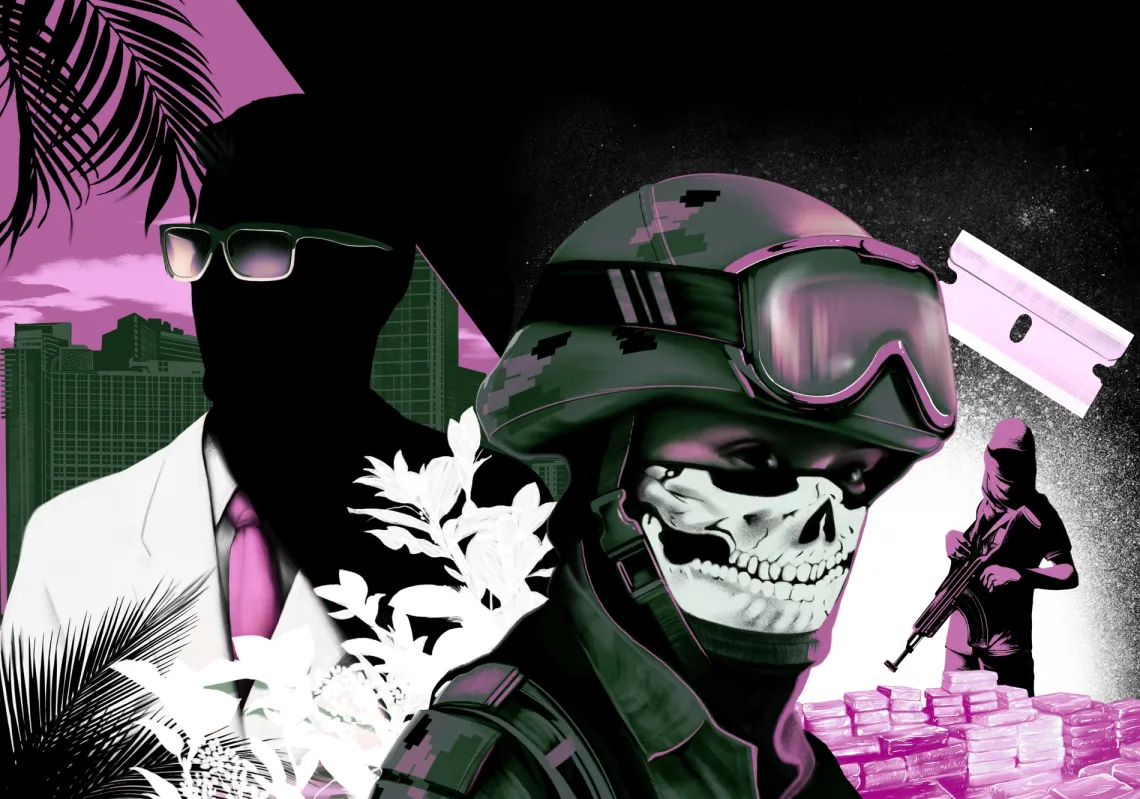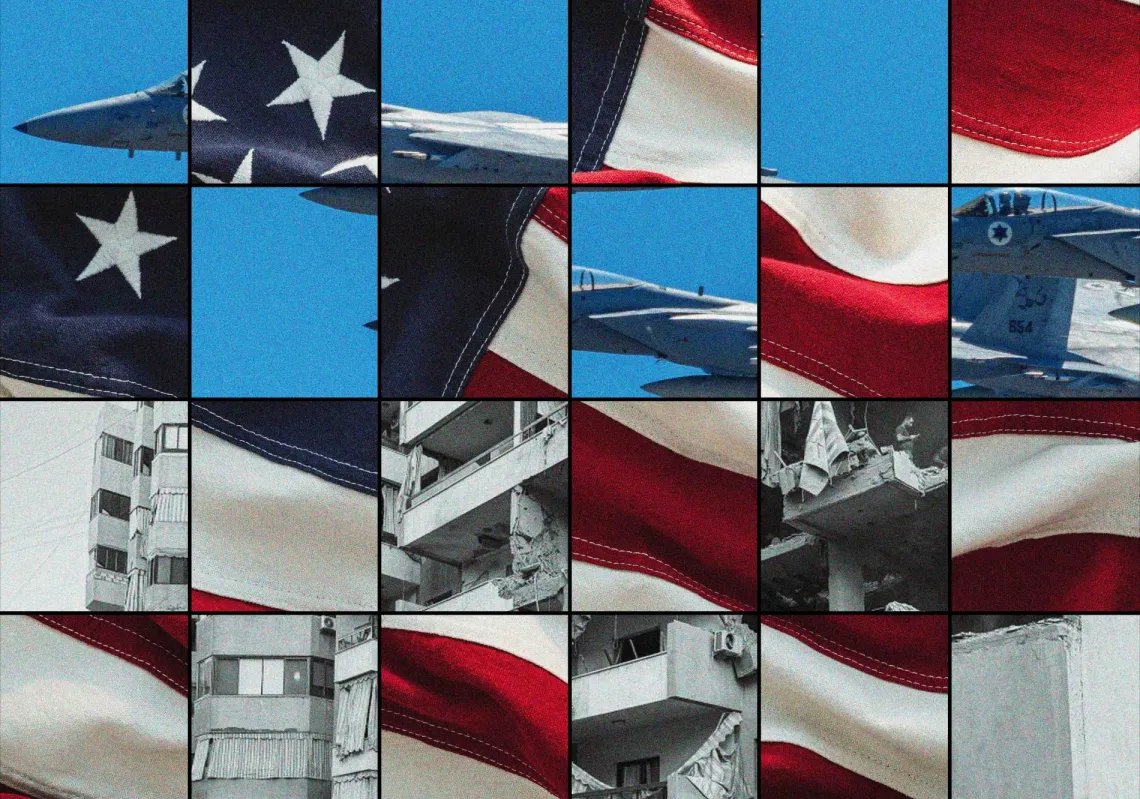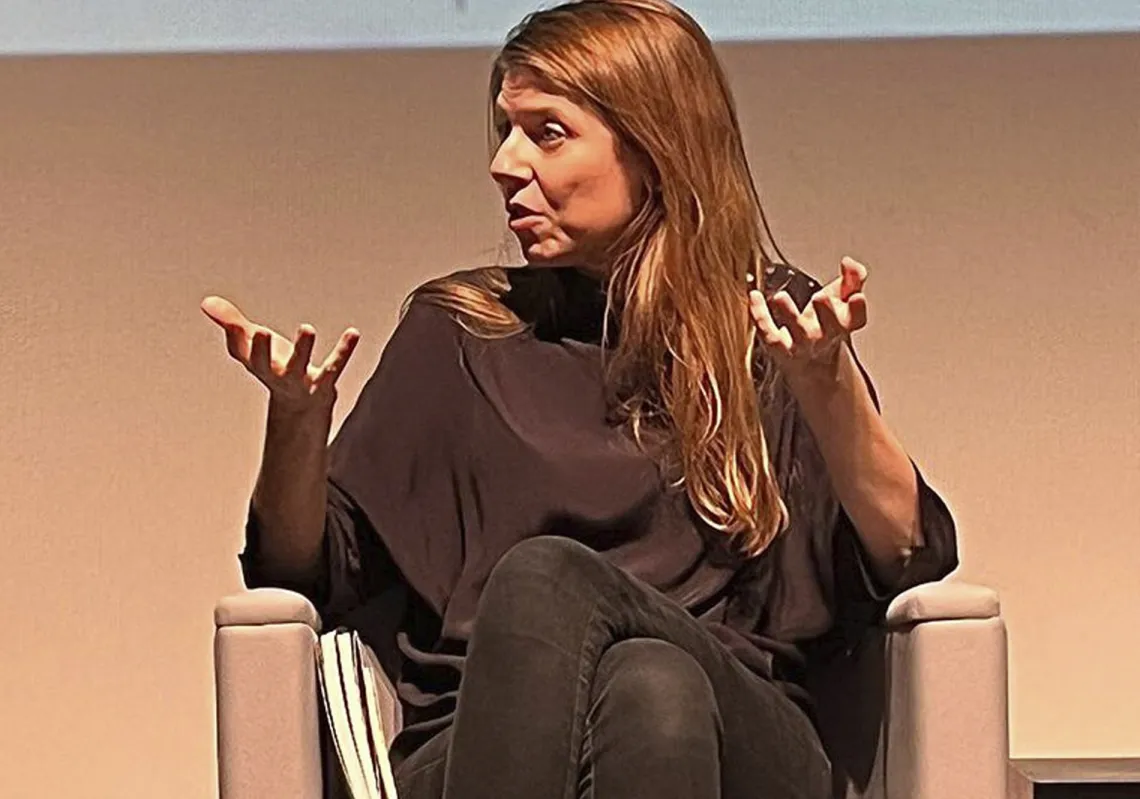Language has consequences, however, and war is a loaded term. Metaphors of war prove useful to authoritarian regimes that clamp down on dissent and exploit public fear to consolidate power. They also support the use of police and military forces to impose quarantines, curfews, and other public health measures. Most governments have mobilized such forces, and many have concluded that a punitive approach—using arrests, fines, and intimidation—is necessary to protect public health. But is it?
Physical-distancing measures—such as staying home, wearing masks, washing hands, and closing non-essential businesses—are necessary, but their enforcement can be humane, may allow for exceptions, and should not unnecessarily involve armed personnel. After all, the war with COVID-19 is likely to be protracted. Researchers have warned that social-distancing measures such as stay-at-home orders may be necessary—intermittently, one hopes—well into 2022. And these orders are not easy for everyone to obey. Some people don’t have homes. For others, home is not a safe place, and for many, staying home is an unaffordable luxury.
Saving lives during this pandemic will require a different approach from simply “policing bad behavior.” Individual failures are not driving high rates of infection—rather, the infection reveals structural failures in the manner in which societies are organized. Those whose employment is precarious and who cannot afford to stay home—because they lack paid sick leave or because they have been designated “essential workers” but nonetheless lack protective equipment—struggle to protect themselves and their families. Those in congregate settings, such as nursing homes, prisons, and homeless shelters, depend on others to reduce their risk of infection.
UNEQUAL TOLL
The data in the United States, although incomplete, tell a clear story. Death and illness are concentrated among people of colour and in neighbourhoods where a large majority are poor. African Americans account for 13 per cent of the country’s population but fully 30 per cent of confirmed COVID-19 cases, according to the Centres for Disease Control and Prevention (CDC). Hispanics and Latinos account for 18 per cent of the population and 24 per cent of confirmed cases.
The United States is not alone in recording such health inequities. In the United Kingdom, only 14 per cent of the population identifies as black, Asian, or minority ethnic, but so far this population accounts for more than a third of the country’s cases of COVID-19. Even in Sweden, with its egalitarian reputation, poor neighbourhoods where the vast majority of residents are immigrants have the highest rates of infection and death.
The militarization of the COVID-19 response is particularly troubling in light of these disparities—and in light of the experience many communities of colour and immigrants have had of excessive surveillance and violence at the hands of police. In a recent letter to U.S. Attorney General William Barr and FBI Director Christopher Wray, Democratic lawmakers called on police departments to build trust with communities of colour and undergo anti-bias training, especially as people are being told to wear masks in public. They warn: “If communities of colour—especially African American communities—feel at risk of disproportionate or selective enforcement, they may avoid seeking help or adopting precautionary measures recommended by the CDC. This, in turn, could have dire public health consequences.”
Anecdotal evidence suggests that disproportionate and selective enforcement is already a problem in the United States. Some reports suggest that police use excessive force to enforce social-distancing measures and that they disproportionately single out people of colour. A video has circulated of black men followed by police and then expelled from a Walmart outside St. Louis for wearing masks. Another shows police dragging a black man off a bus in Philadelphia for failing to wear a mask. Such reports may or may not be representative of enforcement practices, but they are widely circulated because they reflect a tragic reality: compared with white Americans, black Americans die at the hands of police, and people of colour are stopped, arrested, and incarcerated, at much higher rates.
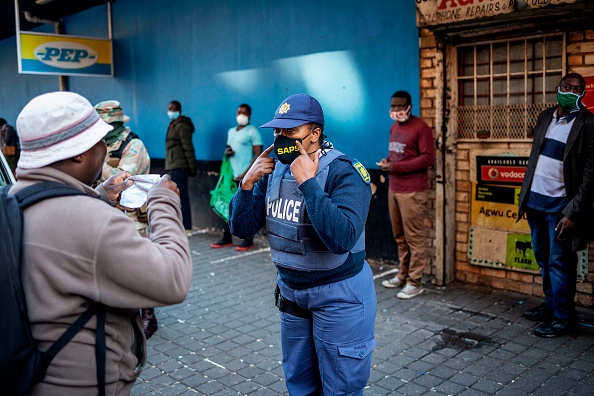
Because law enforcement is so differentially received among Americans, its use as a tool of public health could have the unintended consequence of undermining health policy and provoking noncompliance. Police violence has been shown to increase legal cynicism, or the public belief that the system is incompetent, unresponsive, and illegitimate. In a Pew Research Centre poll just this month, U.S. citizens ranked ten government agencies for favourability. The CDC emerged almost at the top, second only to the U.S. Postal Service. The Department of Justice and the Immigration and Customs Enforcement agency ranked at the very bottom, although Republicans were more favourable toward them than Democrats. Public trust in the federal government has dropped to almost historic lows, most dramatically among black Americans, only nine per cent of whom reported in 2019 that they trusted the government in Washington to do what is right “just about always” or “most of the time.” Such attitudes can have serious public health implications. Research from the Ebola epidemic in Liberia showed that those who distrusted government took fewer precautions against the disease and were less compliant with government-mandated social-distancing policies.
A CIVILIAN SOLUTION
On April 23, the United Nations issued a report underlining the importance of respecting human rights in the global struggle against the novel coronavirus. Citing widespread recent incidents of discrimination and excessive use of force, the report warned that emergency measures, especially if applied with a heavy hand or disproportionately, could undermine the entire pandemic response.
So what is the alternative to the armed enforcement of public health measures? A civilian, unarmed response. Imagine that police are not patrolling streets to fine or arrest those breaking curfew or to pull people without masks from public buses—but that a civilian public health workforce instead distributes masks, food, and other essentials, while monitoring compliance with quarantine orders. The police would step in only under extraordinary circumstances.
The idea is hardly novel. Community health workers have functioned successfully all over the world for decades. In the United States, there is a new call for such a public health workforce.
According to Tom Frieden, the former director of the CDC, countries will need to follow certain steps if they are to “box the virus in” and reopen their economies without putting lives at risk: test widely, isolate safely, contact and find everyone exposed, and quarantine comfortably. A significant expansion in the public health workforce will be needed to support these actions. Massachusetts has already begun training and deploying hundreds of contact tracers, following a program the state devised in partnership with Partners in Health, a health non-profit with long global experience working with community health workers.
If the United States is to design a civilian health workforce, it must do so with the aim of not only containing COVID-19 but also addressing the inequality the disease has so starkly exposed, with its divergent toll in death and suffering. The new workforce should help millions in hard-hit communities to sign up for government benefits, from unemployment to supplemental nutritional assistance. Health workers should be representative of the communities they serve, and their governments should pay them well and provide them with adequate personal protective equipment.
As the United States moves slowly toward reopening its economy, it should enforce public health measures with unarmed personnel. New York City did exactly that in response to Ebola in 2014, Legionnaires’ disease in 2015, and measles in 2018. Behind this less militarized response will perhaps be political talk not of war and conflict but of post-war reconstruction and social solidarity, in which the government’s response creates economic opportunities—while the public demands a radical overhaul of the health-care, social security, and employment systems that have proven so disastrous for so many.
This article was originally published on ForeignAffairs.com.



